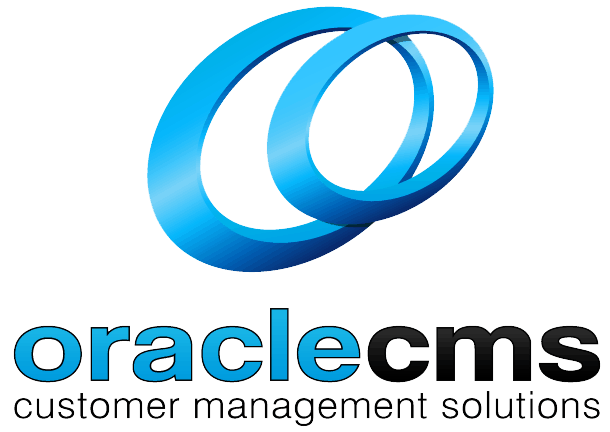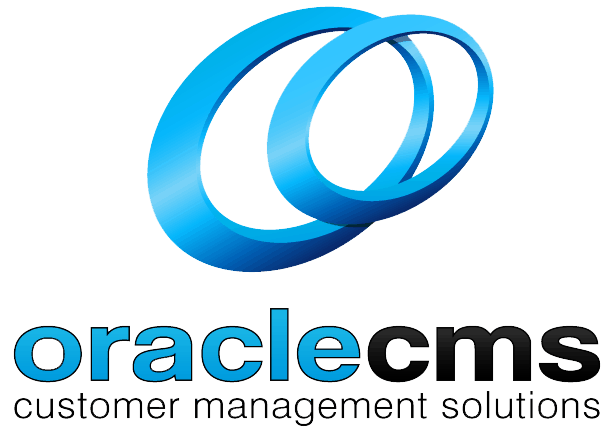
How CX Automation Enhances Efficiency Without Losing the Human Touch
Customer experience (CX) has become a core differentiator for Australian businesses, yet many struggle to deliver consistent service at scale. CX automation offers a path to greater efficiency faster response times, reduced costs, and better resource allocation but it must be deployed with care.
The challenge lies in maintaining empathy and personal connection, even when processes are automated. This is where a thoughtful approach to automation can make all the difference.
Customer experience management isn’t just about speed it’s about creating seamless, human-centric interactions across every channel. Australian sectors like healthcare and financial services face increasing demand for fast, yet empathetic service, making balanced automation a necessity.
Developing a CX Automation Strategy That Works
Effective CX automation starts with understanding your customer journey. Businesses must map every touchpoint, identifying where automation adds value and where a human should step in. Routine queries like balance checks or order tracking can be automated, while nuanced interactions such as complaints or cancellations require live agent handling.
A successful strategy aligns with business goals and includes input from frontline staff and end users. It’s not just about deploying technology; it’s about designing processes that serve both the business and the customer with empathy. Many Australian companies find value in testing proposed automations with a pilot program before a full rollout.
Efficiency Gains from CX Automation
Automation transforms operational efficiency across multiple dimensions. Customers receive immediate responses 24/7, which improves satisfaction and reduces pressure on support teams. Internally, it streamlines repetitive workflows, allowing agents to focus on more valuable tasks. Cost efficiency increases as call volumes drop and resolutions accelerate.
Examples of automated tools include:
- Chatbots for FAQs and account queries
- IVR systems that route calls intelligently
- CRM workflows that trigger updates or confirmations
- Email automation for common enquiries or reminders
- SMS appointment reminders with real-time rescheduling options
These tools are most powerful when integrated into a broader CX ecosystem.
How to Preserve the Human Touch in Automated CX
While automation enhances efficiency, it must not erode personal service. Human touchpoints remain essential for complex or emotional issues. That’s why businesses must build clear escalation paths so customers can easily reach a real person when needed. Personalised messaging also helps using the customer’s name, remembering preferences, and adjusting tone makes even automated interactions feel tailored.
Staff training is equally important. Agents need to be comfortable working alongside automation, knowing when to step in and how to make that transition seamless. This balance ensures that automation supports the human experience, rather than replacing it. Customers value interactions where automation simplifies the process, but a human is always available when needed.
Tracking Performance and Continuously Improving Automated CX
CX automation isn’t a set-and-forget solution. Ongoing monitoring is essential to refine performance and adapt to changing needs. Businesses should track metrics such as:
- Customer Satisfaction (CSAT)
- First Contact Resolution (FCR)
- Average Handling Time (AHT)
- Escalation and abandonment rates
Advanced tools such as AI-powered analytics and sentiment analysis now enable real-time monitoring of customer interactions. These technologies help fine-tune chatbot responses, improve routing decisions, and highlight where automation may be falling short. Businesses should also run regular audits of automated systems to ensure they remain aligned with customer expectations.
Industries That Benefit from Balanced CX Automation
Certain sectors gain significant value from combining automation with human service. In healthcare, patients benefit from automated reminders and appointment booking, while still needing staff for clinical conversations.
Retail and eCommerce platforms use bots for order updates but require live support for returns or complaints. Financial services automate account queries but rely on humans for fraud handling and complex enquiries. Government and utility providers blend bill payment automation with agent assistance for regulatory or hardship support.
Other industries benefiting from balanced automation include:
- Education: Universities use chatbots for enrolment, timetable queries, and tuition fee reminders.
- Logistics and Transport: Automated tracking updates with live agent support for missed deliveries or escalated queries.
Compliance, privacy, and data protection are critical. Automated systems must follow consent protocols and store information securely, particularly in regulated industries.
How OracleCMS Helps Businesses Balance Automation with Empathy
OracleCMS delivers CX automation designed to enhance not replace human service. Our solutions support omni-channel engagement, from phone and chat to email and web. Automation is built with empathy in mind, including thoughtful scripting and natural language processing that prioritise clarity and tone.
We ensure a smooth transition between bots and live agents, with full integration into CRM and ticketing systems. Clients benefit from local expertise, continuous optimisation, and tailored support that aligns with their industry. OracleCMS also ensures solutions meet Australian privacy and security standards, including those required in healthcare and financial services. With OracleCMS, businesses don’t just automate they humanise every step of the experience.
FAQs
Q1: What types of CX tasks are best suited to automation?
A1: Routine or repetitive tasks such as FAQs, appointment bookings, order status updates, and basic account queries are ideal for automation. These processes don’t require emotional intelligence and can be handled efficiently by bots or automated workflows.
Q2: Can automation ever fully replace human agents?
A2: No. While automation improves efficiency, it cannot replace human judgment, empathy, and adaptability. Live agents are essential for sensitive, complex, or emotionally charged interactions.
Q3: How do you prevent automation from frustrating customers?
A3: By designing automation with clear language, easy-to-use interfaces, and seamless escalation options. Regular testing and feedback collection also help identify and fix pain points before they affect customer satisfaction.
Q4: How do you train staff to work alongside automation?
A4: Training should focus on collaboration, not competition. Agents need to understand how automation supports their roles, when to intervene, and how to use insights from automated systems to enhance conversations.
Q5: What’s the best way to measure the success of CX automation?
A5: Key metrics include CSAT, AHT, FCR, and escalation rates. Businesses should also track adoption rates of self-service tools and use qualitative feedback to assess experience quality.



